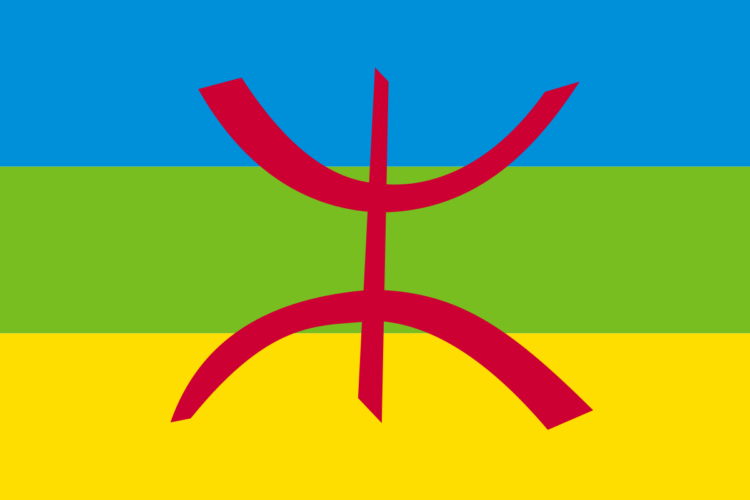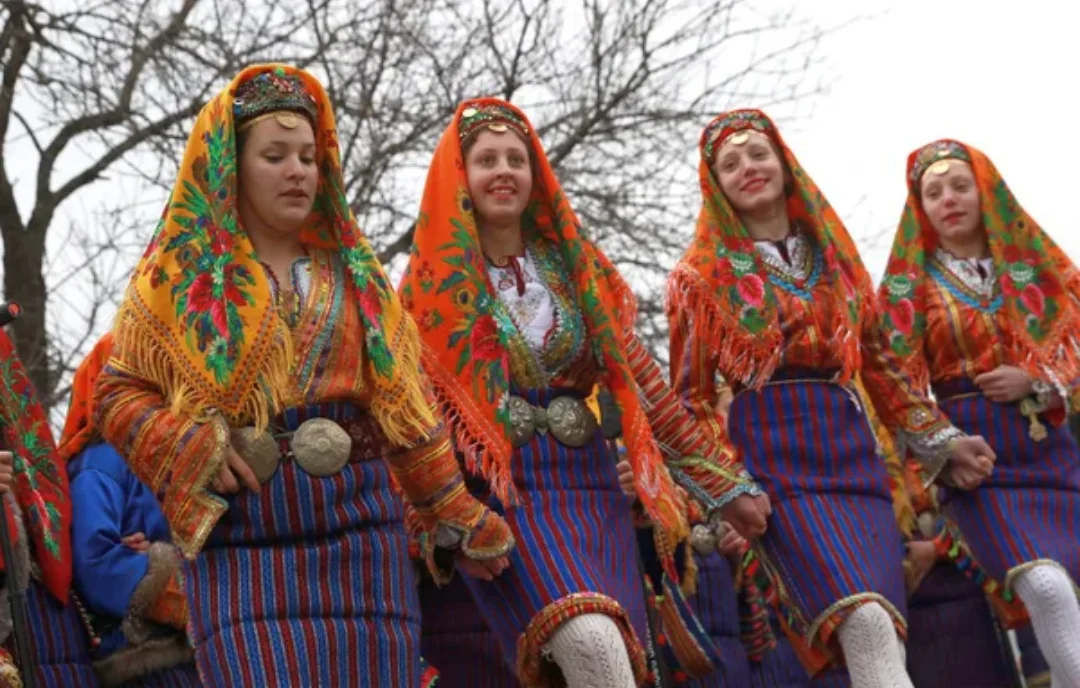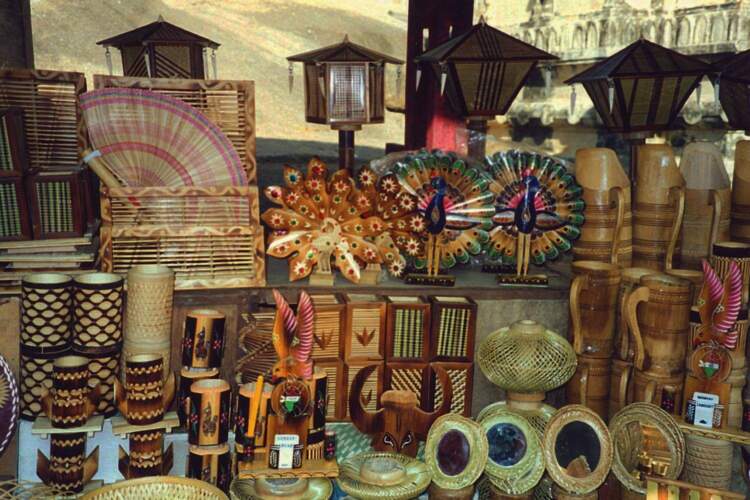The Amaziğ people, also known as the Berbers, are an indigenous ethnic group that has inhabited North Africa for thousands of years. Despite facing centuries of colonization and oppression, the Amaziğ culture has persevered and continues to thrive today. In this article, we will delve into the rich cultural heritage of the Amaziğ people, exploring their language, traditions, and customs.
The Tamazight Language
A Language of Resilience and Resistance

The Tamazight language, also known as Berber, is the native language of the Amaziğ people. It is a language that has been passed down through generations, with its roots dating back to ancient times. Despite facing attempts at suppression and erasure, the Tamazight language has remained resilient and is still spoken by millions of people today.
A Language of Diversity
The Tamazight language is not a single language, but rather a group of closely related languages and dialects. It is estimated that there are over 30 different Tamazight languages spoken by the Amaziğ people, each with its own unique characteristics and nuances. This diversity is a testament to the rich and varied history of the Amaziğ people.
Traditional Amaziğ Clothing
A Reflection of Culture and Identity
Traditional Amaziğ clothing is a reflection of the culture and identity of the Amaziğ people. Each region and tribe has its own unique style of dress, with vibrant colors and intricate patterns. The clothing is often made from natural materials such as wool, cotton, and silk, and is adorned with handcrafted embroidery and jewelry.
A Symbol of Resistance

For centuries, the Amaziğ people have used their traditional clothing as a form of resistance against colonization and oppression. During the French colonization of North Africa, the Amaziğ people were forced to adopt Western clothing, but many continued to wear their traditional clothing in secret as a way to preserve their culture and identity.
Amaziğ Music and Dance
A Celebration of Life and Nature
Music and dance are integral parts of Amaziğ culture, with each region and tribe having its own unique styles and traditions. Amaziğ’s music is often characterized by the use of traditional instruments such as the lute, flute, and drums, and is often accompanied by lively and energetic dance performances. The music and dance of the Amaziğ people are a celebration of life and nature, with many songs and dances paying homage to the land and its resources.
A Means of Cultural Preservation

Similar to traditional clothing, music and dance have also been used as a means of cultural preservation and resistance. During times of colonization and oppression, the Amaziğ people would use music and dance to pass down their history, traditions, and values to future generations. Today, these art forms continue to play a vital role in keeping the Amaziğ’s culture alive.
Amaziğ Cuisine
A Fusion of Flavors and Influences
Amaziğ cuisine is a fusion of flavors and influences from various cultures and regions. It is heavily influenced by the Mediterranean diet, with an emphasis on fresh fruits and vegetables, grains, and legumes. Spices such as cumin, coriander, and saffron are commonly used, adding depth and complexity to dishes.
A Reflection of the Land

The Amaziğ people have a deep connection to the land, and this is reflected in their cuisine. Many traditional dishes are made with ingredients that are native to the region, such as olives, figs, and dates. The use of local ingredients not only adds to the unique flavors of Amaziğ’s cuisine but also serves as a reminder of the Amaziğ’s people’s deep connection to their land and heritage.
Amaziğ Festivals and Celebrations
A Time for Community and Tradition
Festivals and celebrations are an important part of Amaziğ culture, providing a time for community and tradition. These events are often centered around the agricultural calendar, with celebrations for harvest, planting, and other important milestones. They are also an opportunity for the Amaziğ’s people to come together and celebrate their culture and heritage.
A Showcase of Traditional Arts and Crafts

Amaziğ festivals and celebrations are also a showcase of traditional arts and crafts. Handmade items such as pottery, rugs, and jewelry are often sold at these events, providing an opportunity for the Amaziğ’s people to share their talents and traditions with others. These festivals also serve as a way to pass down these skills to future generations, ensuring that these traditional crafts continue to thrive.
The Future of Amaziğ Culture
Despite facing centuries of colonization and oppression, the Amaziğ culture has persevered and continues to thrive today. However, there are still challenges that the Amaziğ’s people face in preserving their culture and heritage. One of the biggest challenges is the threat of language extinction, as many young Amaziğ’s people are not learning their native language.
To combat this, efforts are being made to promote and preserve the Tamazight language, such as the establishment of language schools and the inclusion of Tamazight in school curriculums. Additionally, there are ongoing efforts to raise awareness and celebrate Amaziğ culture through events, festivals, and cultural exchanges.
Conclusion
The Amaziğ people have a rich and vibrant culture that has withstood the test of time. From their language and traditional clothing to their music, cuisine, and festivals, the Amazig’s culture is a reflection of their resilience, resistance, and deep connection to their land and heritage. By exploring and celebrating the Amaziğ culture, we can help ensure that it continues to thrive for generations to come.
You may like reading about the following:
For more information, visit: Apzo Media
